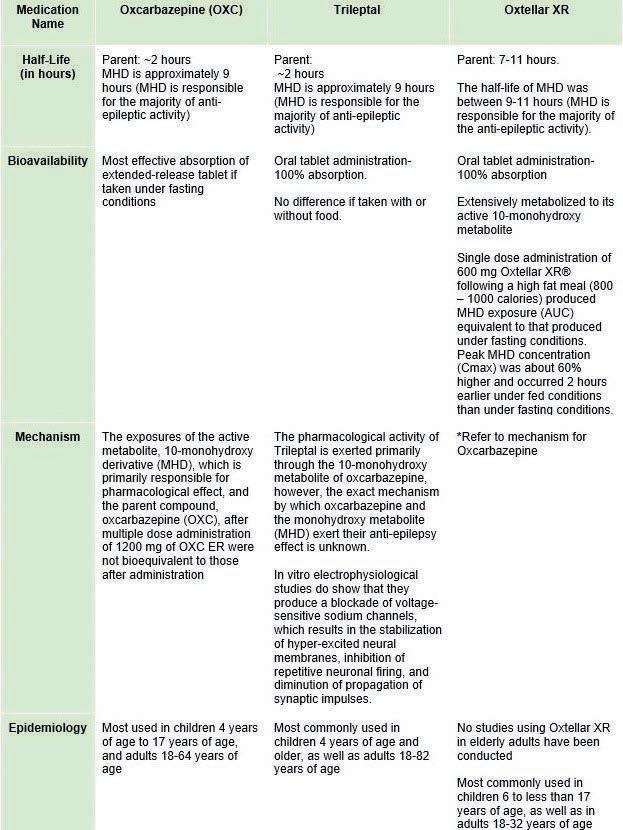Scholarly Research In Progress • Vol. 5, November 2021
Conflict of Interest Disclosure Accuracy Among Physician Authors of Cancer Research Journals Shuyi Chen1†, Alivia L. Roberts1*, Kevin Zhao1†, Abigail C. Burke1†, Jesse E. Ritter1†, Katherine M. Musto1†, and Brian J. Piper1 ¹Geisinger Commonwealth School of Medicine, Scranton, PA 18509 † Doctor of Medicine Program *Master of Biomedical Sciences Correspondence: schen01@som.geisinger.edu
Abstract Background: Clinical research is becoming increasingly reliant on industry sponsorship, with oncology physicians in particular demonstrating dependence on industrial payments. The introduction of a federally required reporting system, the Centers for Medicare & Medicaid Service’s (CMS) Open Payments Program, allows public access to financial exchanges between industry and clinical researchers. In this study, we investigated if a discrepancy between self-reported and CMSreported conflicts of interest (COI) existed among physician authors of cancer research journals in the United States. Methods: We explored three cancer research journals published from January 2017 to December 2018: Journal of Clinical Oncology, Cancer Research, and Nature Reviews Cancer. We collected a total of 525 published articles and stratified this data by selecting only MD or DO authors who practice in the U.S. to be further investigated. We inspected the COI statement of each article and then cross referenced the author to the CMS Open Payment Program “General Payments” section and determined the accuracy of COI disclosures. We also characterized the extent of this discrepancy among male and female physician authors with a chi-square analysis. Results: Sixty-seven authors met our inclusion criteria. Fortythree out of the 67 authors have received general payments; 65.2% of which correctly disclosed COIs while 34.8% authors failed to do so. The percentage of accurate disclosure for Journal of Clinical Oncology, Cancer Research, and Natural Reviews Cancer was 77.8%, 63.6% and 50.0%, respectively. In addition, female physician authors had a lower tendency to properly disclose COIs compared to their male counterparts (41.6% vs 74.2%, p = 0.0447) Conclusion: This study found that one-third of published cancer researchers did not accurately self-report their COIs. Thus, journals may need to reconsider their policies or include a link from CMS to improve transparency and maintain the public’s trust in oncology research.
Introduction Therapeutic discovery is an expensive process, and as clinical research becomes increasingly reliant on industry sponsorship (1), oncology in particular, emerges as a specialty with heavy ties to private sources of research funding, especially when compared to other specialties (2). Physicians in oncology specialties in 2014 were 1.09 to 1.75 times more likely than those in non-oncology specialties to receive industryrelated payments that could be considered potential financial conflicts of interest (COIs). However, it should be noted that
the presence of financial COIs is not indicative of biased or dishonest research. Recent publications have demonstrated the lack of significant correlations between the presence of financial COIs and research outcomes (3, 4). Yet, the body of literature is prevalent which raises concern to the contrary (5, 6), and should not be ignored in the characterization of COIs in the current landscape of cancer research. With the introduction of the Center for Medicare & Medicaid Service’s (CMS) Open Payments program in 2013, federally mandated reporting of private industry involvement in research made the subject of COIs in research both more public and more uniform than it was when COI disclosure was dictated by individual journal policy. Disclosure policy has been shown to be in need of significant standardization (7), making any current self-disclosure information obtained solely through articles themselves both inconsistent and incomplete. Open Payments, on the other hand, offers a free-access, centralized database of payment information, sortable for type, source, and nature of payment. The service is undoubtedly an invaluable tool in maintaining researcher accountability but suffers from serious issues of its own (8), making the need for an accurate self-disclosure protocol even more important to ensure neither source of information prevails with incomplete or inaccurate data. In addition to the benefit of having two comparable sources of disclosure information to maintain the accuracy of both, self-disclosed financial relationships in literature are still arguably the more accessible COI information available to readers, who may or may not choose, or know how to, look beyond the scope of the article to find potential COIs. In this study, we investigated whether discrepancies between self-reported and industry-reported conflicts of interest (COI) existed among physician authors (MD or DO) of cancer research journals. We also sought to characterize the extent of this discrepancy between male and female physician authors in order to better understand the current landscape of available disclosure transparency.
Methods Original research articles published in The Journal of Clinical Oncology, Cancer Research, and Nature Reviews Cancer from January 1, 2017, to December 31, 2018, were identified (n = 525). These general oncology journals were selected based on having high impact factors (33.0, 9.1, and 53.0 respectively) and having an appreciable portion of their authors being practicing physicians in the United States (U.S.). The last author for each article was evaluated and only articles with authors who are U.S.-based physicians (MD or DO) were selected for investigation. All articles written by authors who are non89












































